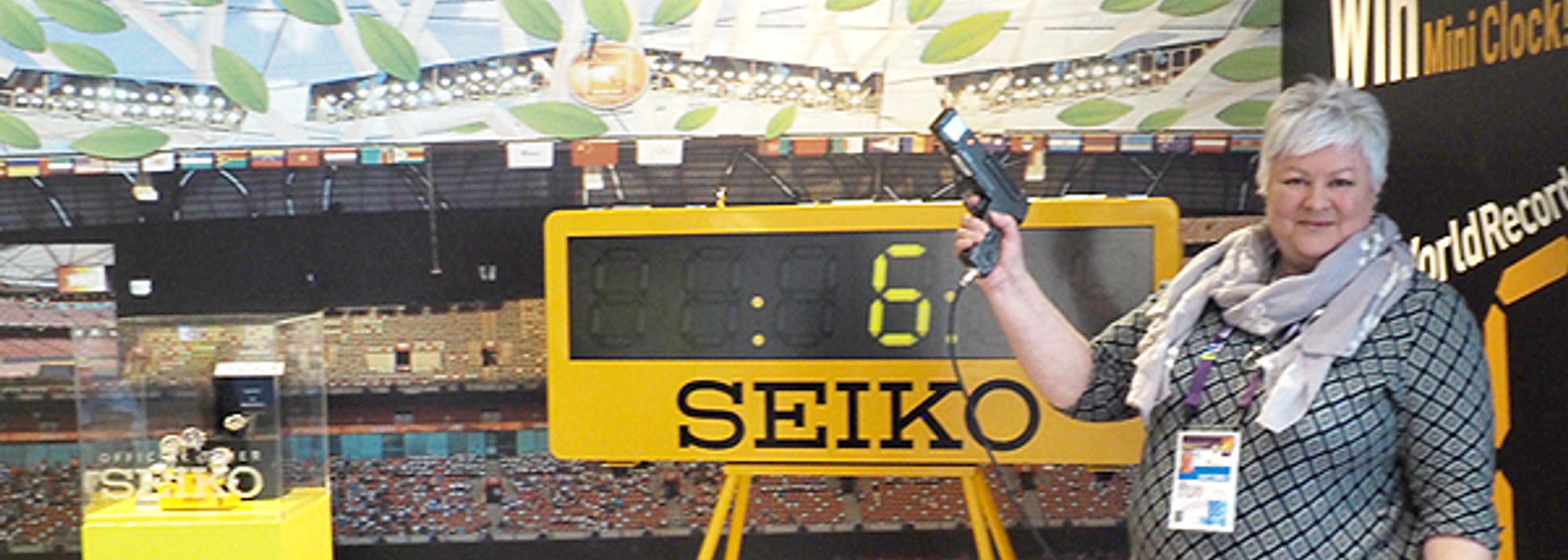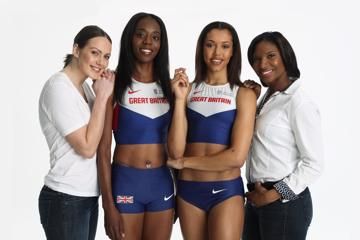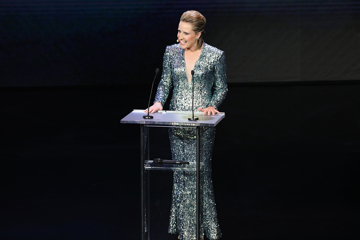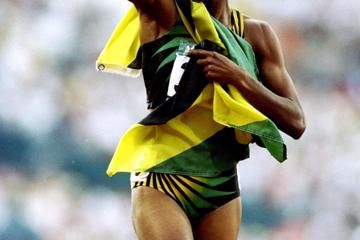Seiko's Susan Boobyer at the IAAF World Indoor Championships Birmingham 2018 (© Seiko)
Success in athletics is measured by the clock. A matter of milliseconds could change an athlete’s life, so timing needs to be precise.
Susan Boobyer-Pickles knows this better than anyone.
The Briton works as a sports marketing consultant for Seiko, the Japan-based technology company in charge of timing at all World Athletics Series events.
“It’s a high-technology company, as anyone who owns a Seiko product will attest to,” she says. “When we had the opportunity to do the timing for the Tokyo Olympic Games in 1964, the chairman of the time said that we have to do it. It was too important to not do it. That’s really when it started, in 1964.”
After the 1960 Olympics in Rome, where another company was in charge of the timing, the 1964 Olympic Games on home soil in Tokyo became Seiko’s main target. During this post-World War II era when Japan saw an incredible economic growth, the organising committee wanted to cooperate with Japanese companies and Seiko knew that they had a chance.
After being selected as the company in charge for the timing and being successful at the Olympics, Seiko started to become a famous brand worldwide. But Seiko’s history goes back to 1881 when Kintaro Hattori founded the company in Tokyo. Since then it has been family owned, which has become a key component when it comes to athletics.
For Boobyer-Pickles, this means that she has attended several championships with many different things to do at each one.
“We are looking after all the media, PR and marketing angles associated with the event,” she says. “Obviously every event is different so you have to do different things. We create an environment where our guests have a really exciting time and to showcase what Seiko does here because obviously our role is huge.”
Boobyer-Pickles was speaking at the recent IAAF World Indoor Championships Birmingham 2018, held at Arena Birmingham which hosted the 2003 edition of the championships. A lot of things have changed since then. The arena itself, for instance, has been refurbished and modernised. And when it comes to the technology, Boobyer-Pickles says one change in particular stands out.
“LED-technology,” she says. “Now everything is LED-technology.
“Everything is brighter; you can get more information in a more dynamic way. As you know, athletics is quite complicated; outdoors, you may have seven events going on at the same time. But it is now easier for people to understand what’s going on.”
During the championships, Seiko had a booth inside the arena where people could learn more about their technology. There was also the opportunity for spectators to try some of the techniques that Seiko used during the championships.
“Yesterday we spent a lot of time in our booth talking to spectators,” said Boobyer-Pickles. “It was the first day and it was a little bit difficult because the weather was a bit unfortunate. We talked to our VIP guests making sure they were comfortable and having a good time and sorted out a few issues.”
While competitions on home soil mean that Boobyer-Pickles is able to get home before midnight, she enjoys travelling to other championships too. She has fond memories of one in particular.
“The 1995 World Championships in Gothenburg was such an exciting venue,” she says. “The stadium was beautiful and the city was beautiful. There was a lot of activation outside of the event and everyone in Sweden was so happy and cheerful. We had some new important equipment so it was a huge moment for Seiko.
“All of those things wrapped up together made it one of the most exciting championships.”
Karl Sundström (AIPS young reporters) for the IAAF









